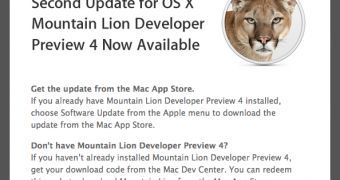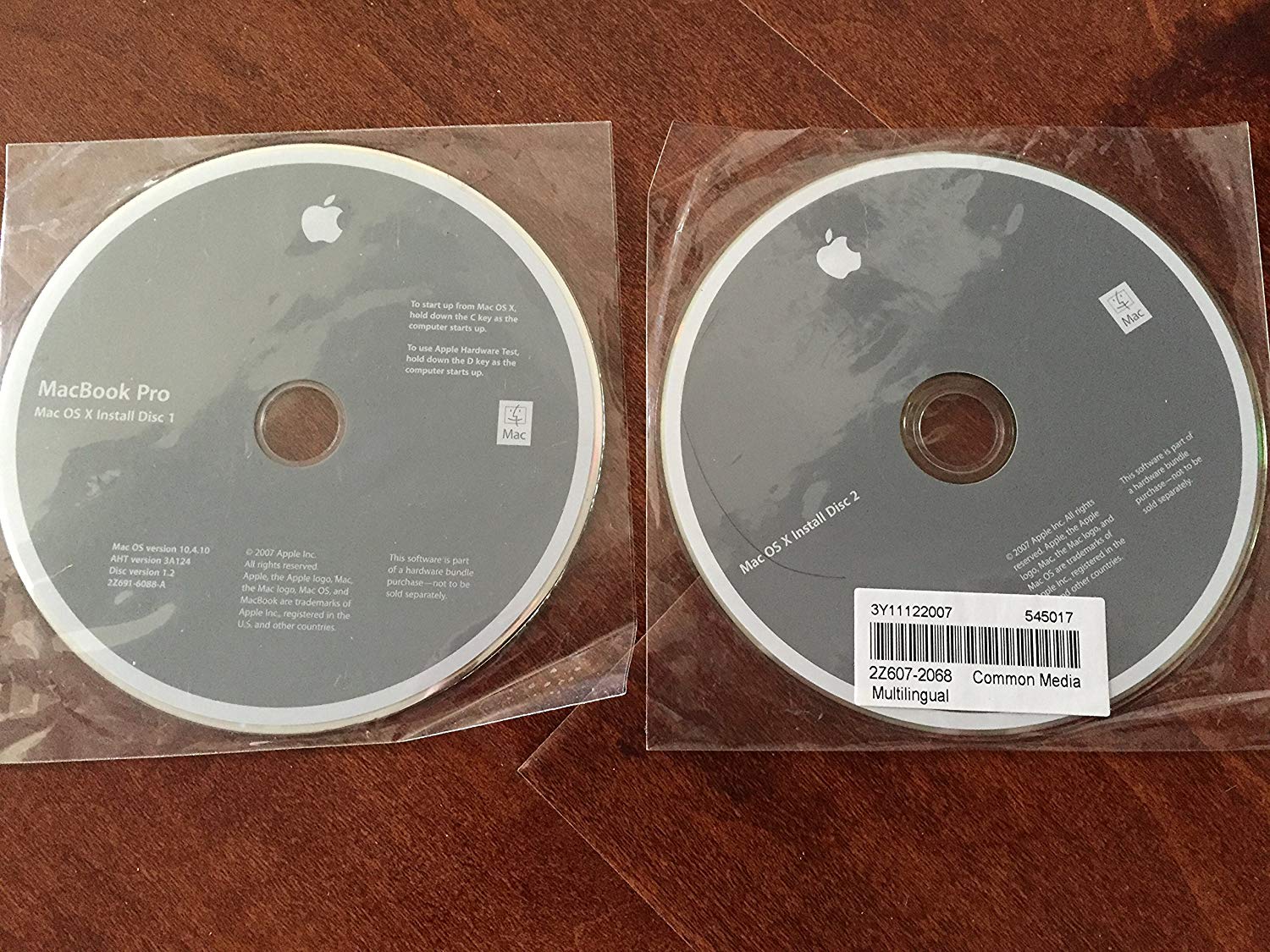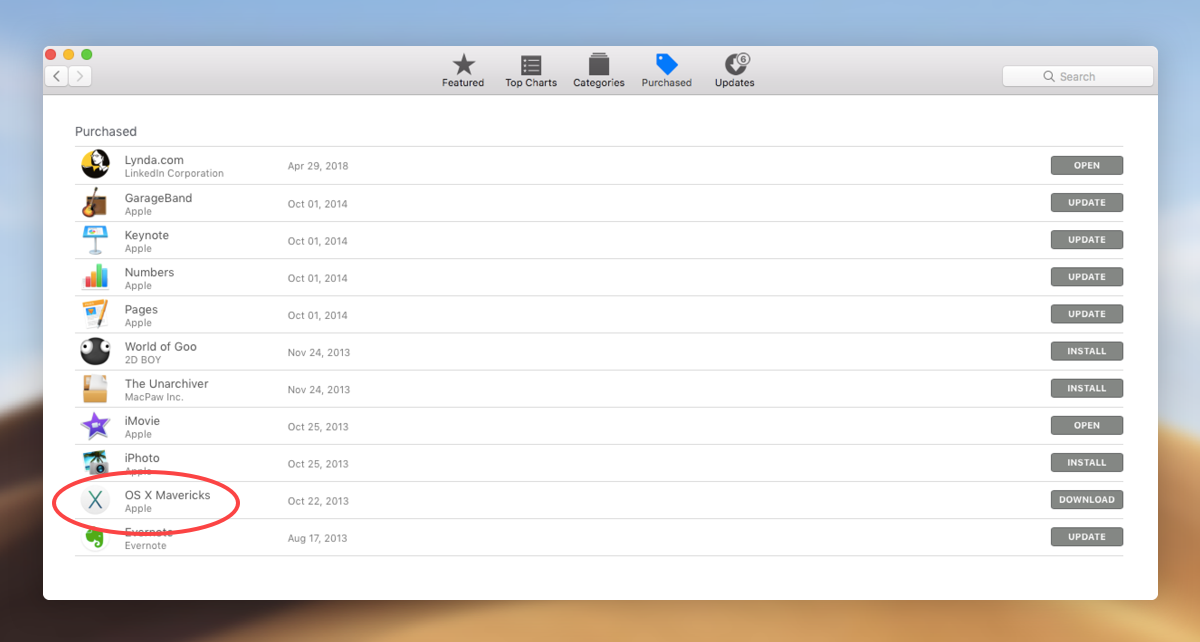Support > Advice & Articles > Mountain Lion: Exploring New Features
Back to:
This article explains how to upgrade to Mountain Lion as well as some new features you may notice. Upgrading to Mountain Lion Mountain Lion is only available as a digital download from the Mac App Store, which requires Mac OS X version 10.6.6 or later. You can download Mountain Lion from Snow Leopard (10.6), or Lion (10.7). A search for 'OS X' should turn up Mountain Lion. Click the price (or 'DOWNLOAD' if you already purchased it on another Mac; you won't be charged again), and the download will begin. It is just over 4GB. After the download, an installation window will pop up. Click 'Continue' to begin, and then agree to the terms of use. Select which volume to install OS X on. It defaults to 'Macintosh HD' or whatever you named your hard drive. Then it will prepare for installation. The computer will need to restart and the installation, which typically takes half an hour, will begin. After installing it will boot up yet again. Log in, and you have Mountain Lion. What are some things I should Know about Mountain Lion? First, verify that 10.8 was successfully installed by checking 'Version' by going to the Apple menu in the upper left and clicking 'About this Mac.' The 'Mac' title was dropped from 'Mac OS X' starting with version 10.8 For starters, do not be alarmed by new or different application names or icons. Address Book is now Contacts, and iCal is now Calendar. There are also some new icons in the dock, such as Notes, Reminders and Messages. If you installed Messages Beta in Lion, you do not need to worry about removing it. It is updated automatically, and now that it is out of the beta stage, some bugs in the beta are now fixed.
If you open Messages, you can click 'Messages' near the upper left of the menu bar and click Preferences, then 'Accounts' to add an account for iMessage, usually your Apple ID. You can then start sending texts to other iOS 5.0 or Mac OS 10.7 or later users at their iPhone phone numbers or their Apple ID. <edit 11/25/12> Apple is discontinuing the Messages Beta program for OS X Lion (10.7) users on December 14th, 2012. Messages will now require Mountain Lion (10.8). Game Center is also available on Macs running Mountain Lion, but does not appear in the dock by default. If you would like to add it, do a Spotlight search (magnifying glass in the upper right) for 'game center,' and click on it. Game Center should appear in the dock. Right click (control + click) on the Game Center icon in the dock and click Keep in Dock. The next thing you want to do is go to the Apple menu in the upper left and click Software Update. Software Update is no longer a utility and clicking Software Update now redirects to the Updates tab in the Mac App Store. There should be some updates available featuring Mountain Lion compatibility, so it is important to update those.
Also note that, when downloading updates, you can now see the exact progress by mousing over the Launchpad icon.
The next thing you want to do is see what is new in System Preferences. You will notice some new menus such as Notifications and Dictation. Dictation is off by default. You can learn more in Dictation on iOS and Mac OS X. Also in Security settings, you will see 'Allow applications downloaded from:' which is Apple's Gatekeeper feature.
The new icon to the right of the Spotlight Search icon will take you to Notification Center. You can also open the Trackpad menu in System Preferences, click on 'More Gestures' and make sure that the Notification Center gesture is enabled so that a two-finger swipe from right to left reveals Notification Center, and a gesture in the opposite direction hides it. The 'Notifications' menu in System Preferences allows you to control what appears in Notification Center. You can also tweet right from Notification Center. To do this, first you will need to add your Twitter account under System Preferences > Mail, Contacts and Calendars. Afterwards, an option to 'Show share button' in Notification Center will appear, and revealing Notification Center will now present a 'Click to Tweet' option.
The other major place where you will notice updates is in Safari. Clicking the cloud icon will show you iCloud tabs, which allows you to open tabs that are opened in Safari on a different device. The Share button allows you to share the webpage by email, message, Twitter, etc. Below is Twitter:
There is now a unified field for webpages and search. You can enter either a search query for Google, etc. or a URL for a webpage. The Reader button lets you view the webpage you are in without ads and clutter and concentrates on the text. For those coming from Snow Leopard, the icon in the upper right with the two arrows is for toggling full screen mode. Another new icon appears next to the New Tab ('+') button. This will expand the tab view so you can see a preview window of each tab.
Some of these new features come with Safari 6, which is also compatible with some older systems. These features include the unified search field and offline Reading List, and do not require Mountain Lion. Lastly, if your Mac supports it, you should notice an AirPlay icon in the menu bar at the top.
AirPlay allows you to see what is on your Mac's screen... on your HDTV. If you have an Apple TV box, you can select it after clicking the AirPlay icon on your Mac. Also verify that the mirror icon option is enabled is System Preferences > Displays.
Out of the 200+ new features, we feel that these are the most noticeable. Not all Macs support all Mountain Lion features. See what your Mac can support here: http://apple.com/osx/specs/ Back to: Submit Question:
|
|




